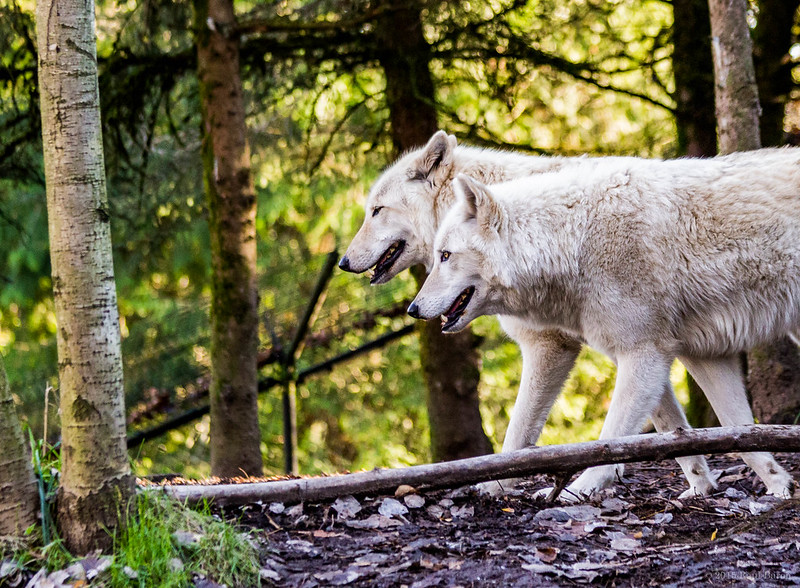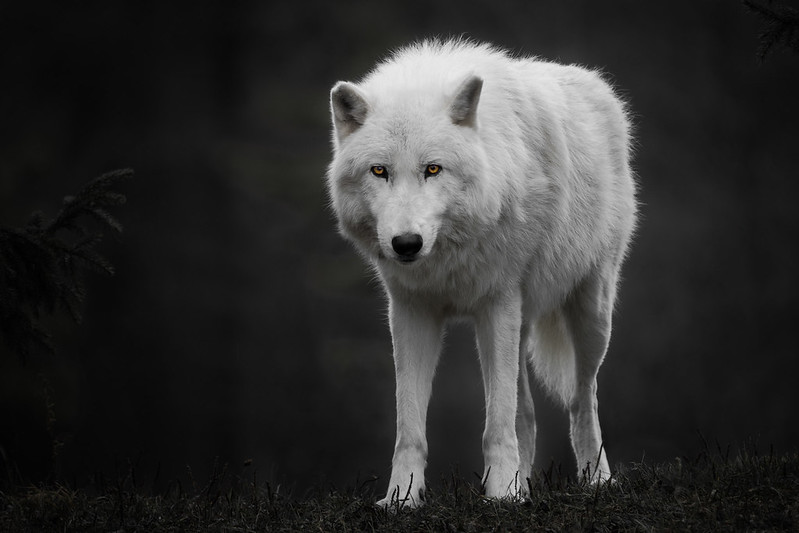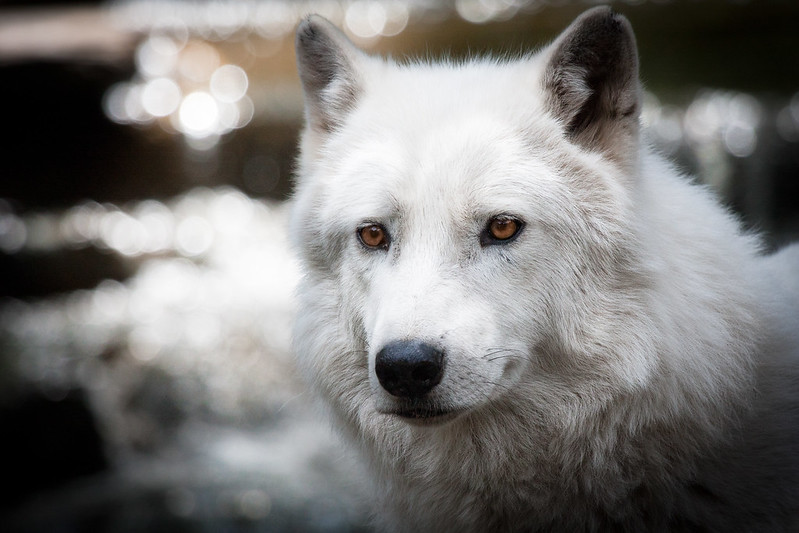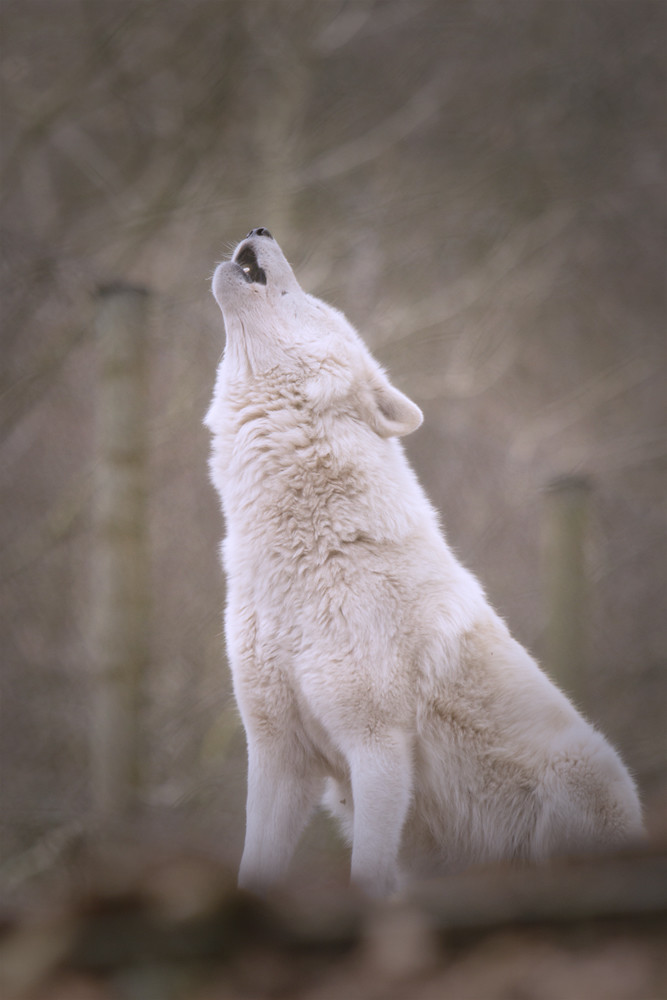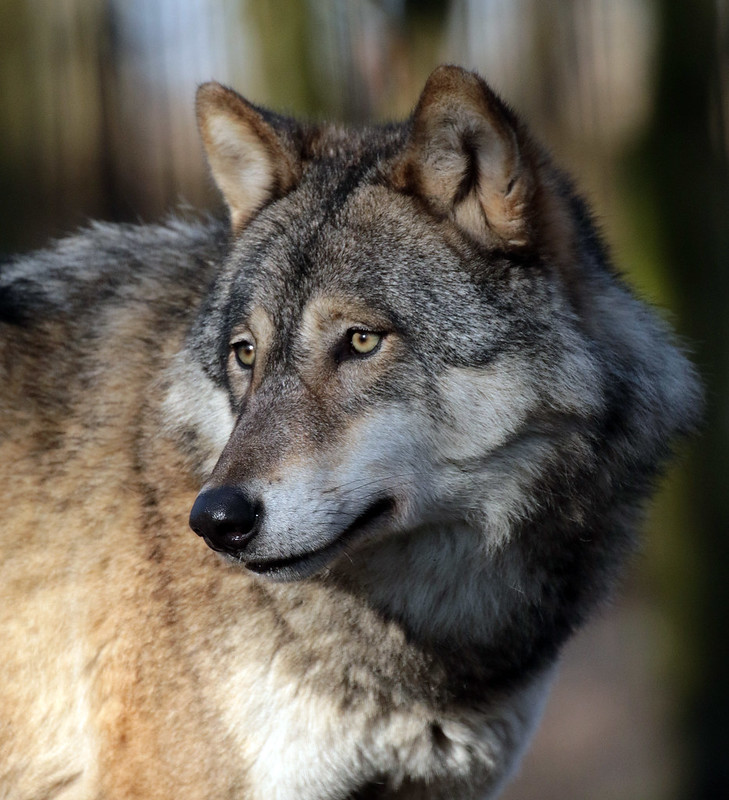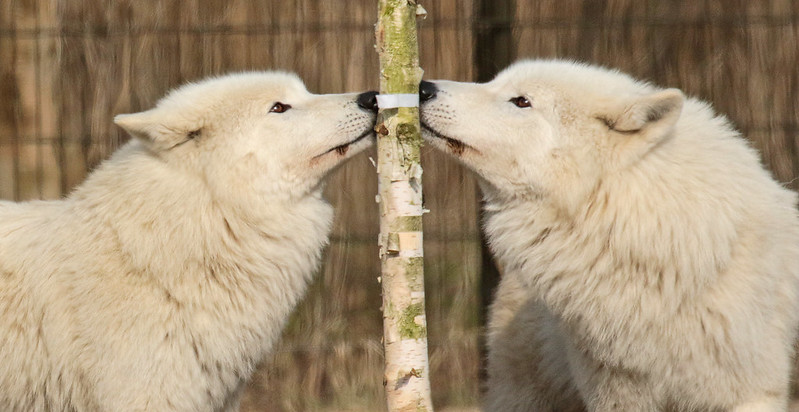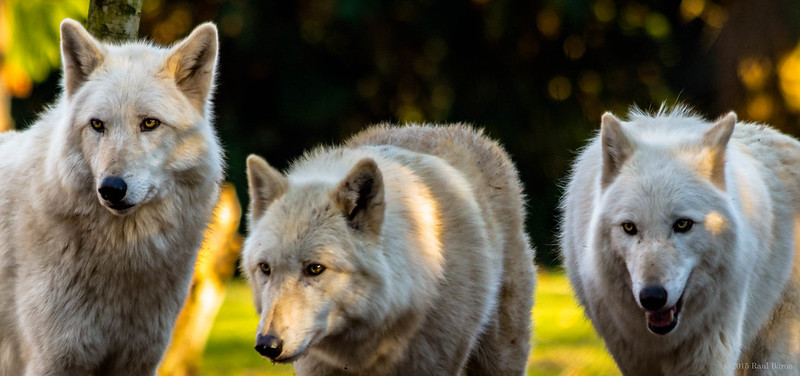
PORTLAND,
Ore. (AP) - Two weeks after the signing of new legislation that upholds
in state law the delisting of the gray wolf as endangered, Oregon’s top
attorney has now launched an effort to end wolf advocates’ lawsuit once
and for all.
Attorney General Ellen Rosenblum filed a notice with the state appellate court on Monday, using an attached copy of the new law, House Bill 4040, as justification for why wolf advocates’ complaint against the state is likely no longer relevant.
This is what conservative lawmakers hoped to accomplish with HB 4040 - among the most contentious bills of the year - and what environmentalists had feared. In December environmentalists sued state wildlife officials over their decision to remove the gray wolf from the state’s Endangered Species Act list, saying the decision was premature.
Nothing is settled yet and the judge will have the final say. But parties on both sides agree the situation is gloomy for the wolf advocates’ case.
“We don’t have a next step yet,” said Arran Robertson, a spokesman for Oregon Wild, adding they’ll be discussing a game-plan this week with the other environmentalists that are part of the suit.
The issue dates back to November, when the Oregon Fish and Wildlife Commission determined the gray wolf’s population was robust enough to remove the species from the state’s endangered list.
Oregon Wild, Cascadia Wildlands and the Center for Biological Diversity followed with their lawsuit, arguing the commission used flawed scientific evidence and the delisting decision should therefore be independently re-examined.
That’s where HB 4040 - backed by the Oregon Cattleman’s Association and others concerned with wolves’ attacks on livestock - comes into play.
HB 4040 essentially says the commission did everything it was supposed to do by law in reaching its final decision to delist. That’s the very thing wolf advocates want re-examined, but with the Legislature’s seal of approval now established in state law, their “challenge is likely moot,” Rosenblum wrote in Monday’s court filing.
Rosenblum’s filing - submitted about a week after the wildlife commission began revising its wolf management plan - stands in contrast to the way HB 4040 was initially portrayed at the Legislature in early February.
In hearings, GOP lawmakers in the Oregon House repeatedly denied claims that the intent was to end the lawsuit.
“Does this basically prevent litigation? … and the answer that I have come up with, or the answer that I could find was, no it doesn’t,” Rep. Greg Baretto, a Republican who helped sponsor HB 4040, said during a Feb. 12 House floor session when the bill was up for vote.
“They can still have their day in court. But what this does is it’ll allow the Legislature to affirm or agree with this commission, this Fish and Wildlife Commission, that has basically approved delisting, and that is what this bill does.”
Rep. Chris Gorsek, a Democrat, was among the first vocal critics, who followed Baretto’s comments during that February floor session by saying, “I’m concerned that the Legislature is being asked to step in a process that could involve any endangered species … it’s not about the wolf, it’s about due process.”
source
Attorney General Ellen Rosenblum filed a notice with the state appellate court on Monday, using an attached copy of the new law, House Bill 4040, as justification for why wolf advocates’ complaint against the state is likely no longer relevant.
This is what conservative lawmakers hoped to accomplish with HB 4040 - among the most contentious bills of the year - and what environmentalists had feared. In December environmentalists sued state wildlife officials over their decision to remove the gray wolf from the state’s Endangered Species Act list, saying the decision was premature.
Nothing is settled yet and the judge will have the final say. But parties on both sides agree the situation is gloomy for the wolf advocates’ case.
“We don’t have a next step yet,” said Arran Robertson, a spokesman for Oregon Wild, adding they’ll be discussing a game-plan this week with the other environmentalists that are part of the suit.
The issue dates back to November, when the Oregon Fish and Wildlife Commission determined the gray wolf’s population was robust enough to remove the species from the state’s endangered list.
Oregon Wild, Cascadia Wildlands and the Center for Biological Diversity followed with their lawsuit, arguing the commission used flawed scientific evidence and the delisting decision should therefore be independently re-examined.
That’s where HB 4040 - backed by the Oregon Cattleman’s Association and others concerned with wolves’ attacks on livestock - comes into play.
HB 4040 essentially says the commission did everything it was supposed to do by law in reaching its final decision to delist. That’s the very thing wolf advocates want re-examined, but with the Legislature’s seal of approval now established in state law, their “challenge is likely moot,” Rosenblum wrote in Monday’s court filing.
Rosenblum’s filing - submitted about a week after the wildlife commission began revising its wolf management plan - stands in contrast to the way HB 4040 was initially portrayed at the Legislature in early February.
In hearings, GOP lawmakers in the Oregon House repeatedly denied claims that the intent was to end the lawsuit.
“Does this basically prevent litigation? … and the answer that I have come up with, or the answer that I could find was, no it doesn’t,” Rep. Greg Baretto, a Republican who helped sponsor HB 4040, said during a Feb. 12 House floor session when the bill was up for vote.
“They can still have their day in court. But what this does is it’ll allow the Legislature to affirm or agree with this commission, this Fish and Wildlife Commission, that has basically approved delisting, and that is what this bill does.”
Rep. Chris Gorsek, a Democrat, was among the first vocal critics, who followed Baretto’s comments during that February floor session by saying, “I’m concerned that the Legislature is being asked to step in a process that could involve any endangered species … it’s not about the wolf, it’s about due process.”
source

